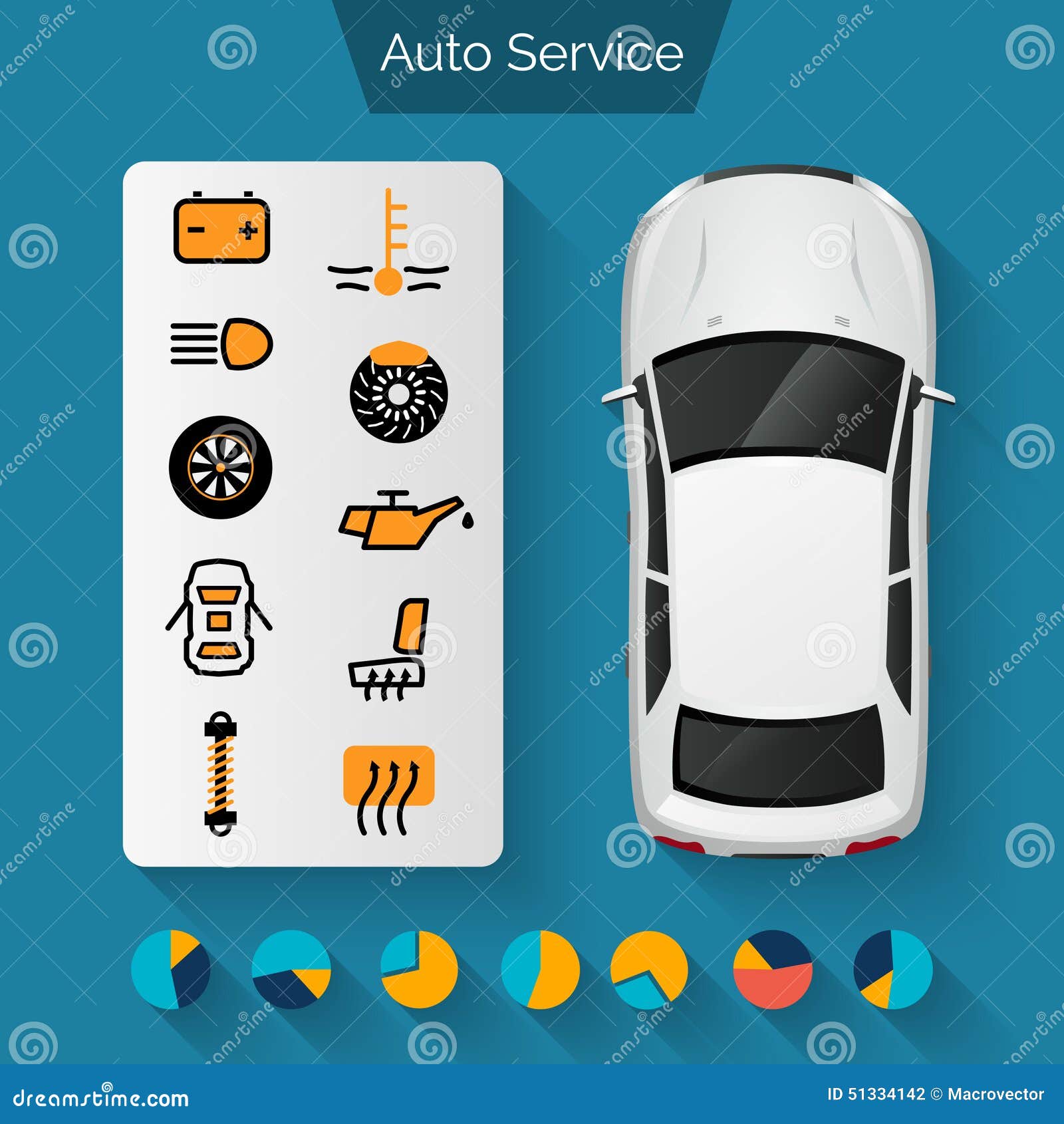Understanding The Importance Of Your Vehicle'S Warning Signals: What They Actually Represent
Understanding The Importance Of Your Vehicle'S Warning Signals: What They Actually Represent
Blog Article
Uploaded By-Lauritsen Gilbert
When you're behind the wheel, those beautiful warning lights on your dashboard can be a bit puzzling. Do you recognize what they're attempting to tell you about your automobile's health? Understanding the value of these lights is essential for your security and the durability of your automobile. So, the next time among those lights pops up, would not you intend to analyze its message properly and take the essential steps to resolve it?
Common Warning Lights and Interpretations
Determine common caution lights in your automobile and comprehend their significances to ensure secure driving.
One of the most normal caution lights consist of the check engine light, which signals issues with the engine or emissions system. If this light begins, it's critical to have your car checked without delay.
The oil pressure alerting light indicates low oil stress, needing immediate attention to stop engine damage.
A blinking battery light might suggest a faulty billing system, potentially leaving you stranded if not addressed.
The tire pressure surveillance system (TPMS) light alerts you to low tire stress, impacting vehicle security and fuel effectiveness. Ignoring car fabric cleaning can result in dangerous driving problems.
The abdominal light indicates a problem with the anti-lock stopping system, compromising your capacity to stop promptly in emergency situations.
Finally, the coolant temperature level warning light warns of engine getting too hot, which can lead to serious damages if not fixed quickly.
Comprehending look at this website will assist you attend to problems quickly and maintain risk-free driving conditions.
Relevance of Prompt Interest
Comprehending the typical warning lights in your car is just the first step; the importance of quickly dealing with these warnings can not be highlighted sufficient to ensure your security when traveling.
When a warning light brightens on your control panel, it's your auto's means of connecting a potential issue that needs interest. Neglecting https://brake-rotor-replacement-c93837.blog-gold.com/40104885/eco-friendly-auto-outlining-products-you-ought-to-try can bring about much more extreme troubles in the future, endangering your safety and security and possibly costing you extra out of commission.
Prompt interest to cautioning lights can prevent failures and mishaps. For example, a flashing check engine light can suggest a misfire that, if left ignored, could create damages to the catalytic converter. Resolving this without delay can conserve you from a costly repair.
In a similar way, a brake system advising light might signify reduced brake liquid or used brake pads, essential elements for your safety and security when driving.
DIY Troubleshooting Tips
If you observe a caution light on your dashboard, there are a few DIY troubleshooting tips you can attempt before seeking specialist help.
The very first step is to consult your auto's manual to comprehend what the specific warning light indicates. Occasionally the concern can be as easy as a loosened gas cap triggering the check engine light. Tightening up the gas cap may settle the problem.
One more typical concern is a low battery, which can cause various warning lights. Examining the battery connections for deterioration and ensuring they're safe and secure might take care of the problem.
If a warning light persists, you can try resetting it by detaching the automobile's battery for a few mins and then reconnecting it. Additionally, inspecting your lorry's liquid levels, such as oil, coolant, and brake fluid, can help troubleshoot cautioning lights connected to these systems.
Final thought
Finally, recognizing your car's warning lights is necessary for maintaining your vehicle running efficiently and safely. By immediately attending to these alerts and knowing what they indicate, you can stay clear of costly repair services and potential malfunctions.
Keep in mind to consult your car's manual for particular information on each warning light and do something about it as necessary to make sure a trouble-free driving experience.
Remain informed, stay safe when traveling!
